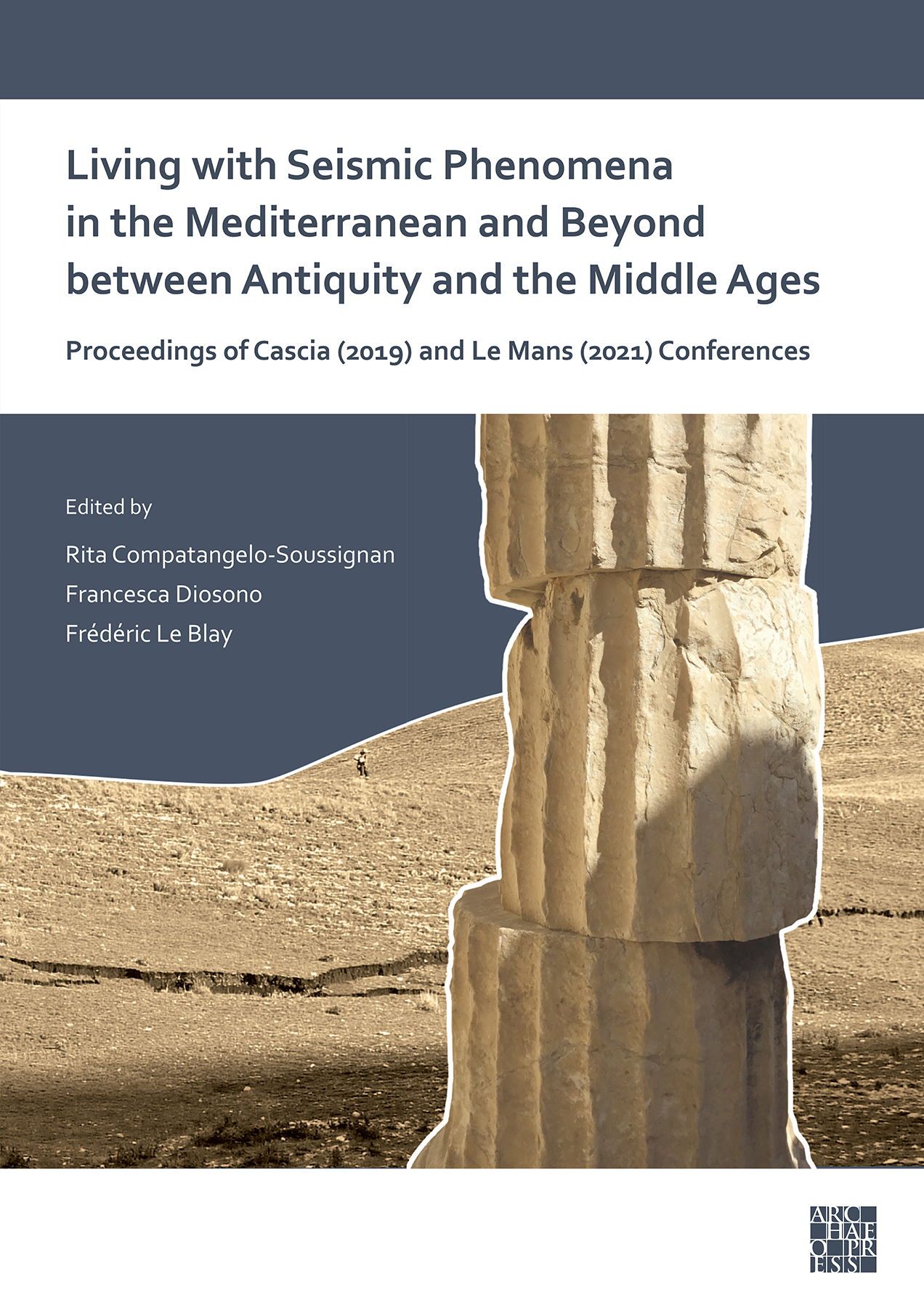
Sebag discusses how the geology of the area of the Jordan Valley compelled early builders to take high seismic risks into account. Although it is difficult to attribute architectural disorders to seismic phenomena, Marco’s criteria for attributing seismic origin to destructions can form a basis – the complete destruction of a site; the abandonment of a site; historical sources; geological evidence; the presence of skeletons in architectural remains. Research at Megiddo in 1997 suggested that earthquakes were responsible for collapses and repeated abandoning of the site which was occupied until the Persian era. Several other sites indicate widespread seismic destruction at the end of Bronze Age I (3100/3000 BC) and Bronze Age II (2850 BC). More careful recording of whether reconstructions utilised paraseismic techniques would help to determine the extent earthquakes were responsible for periodic destructions.
C. C.